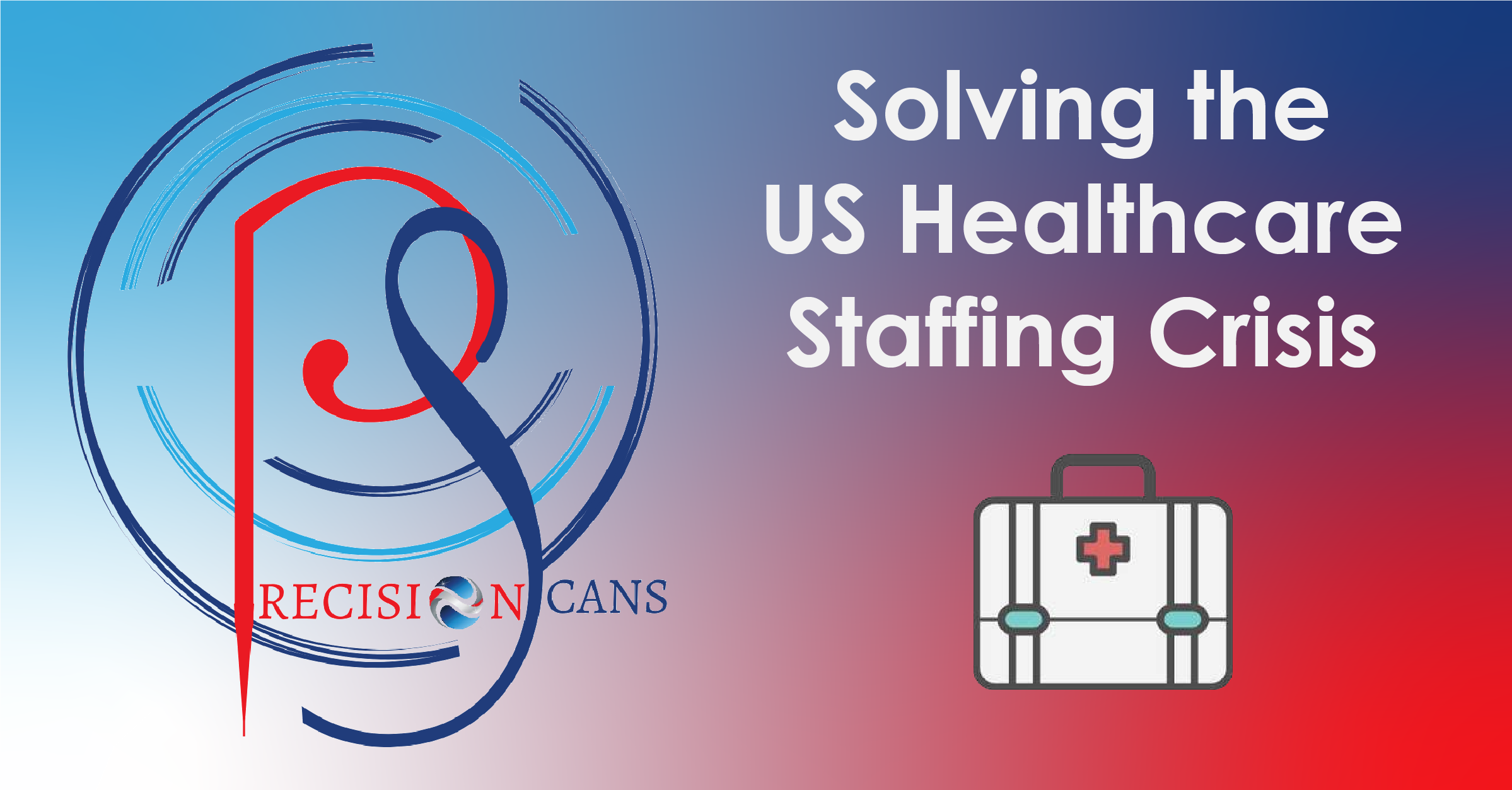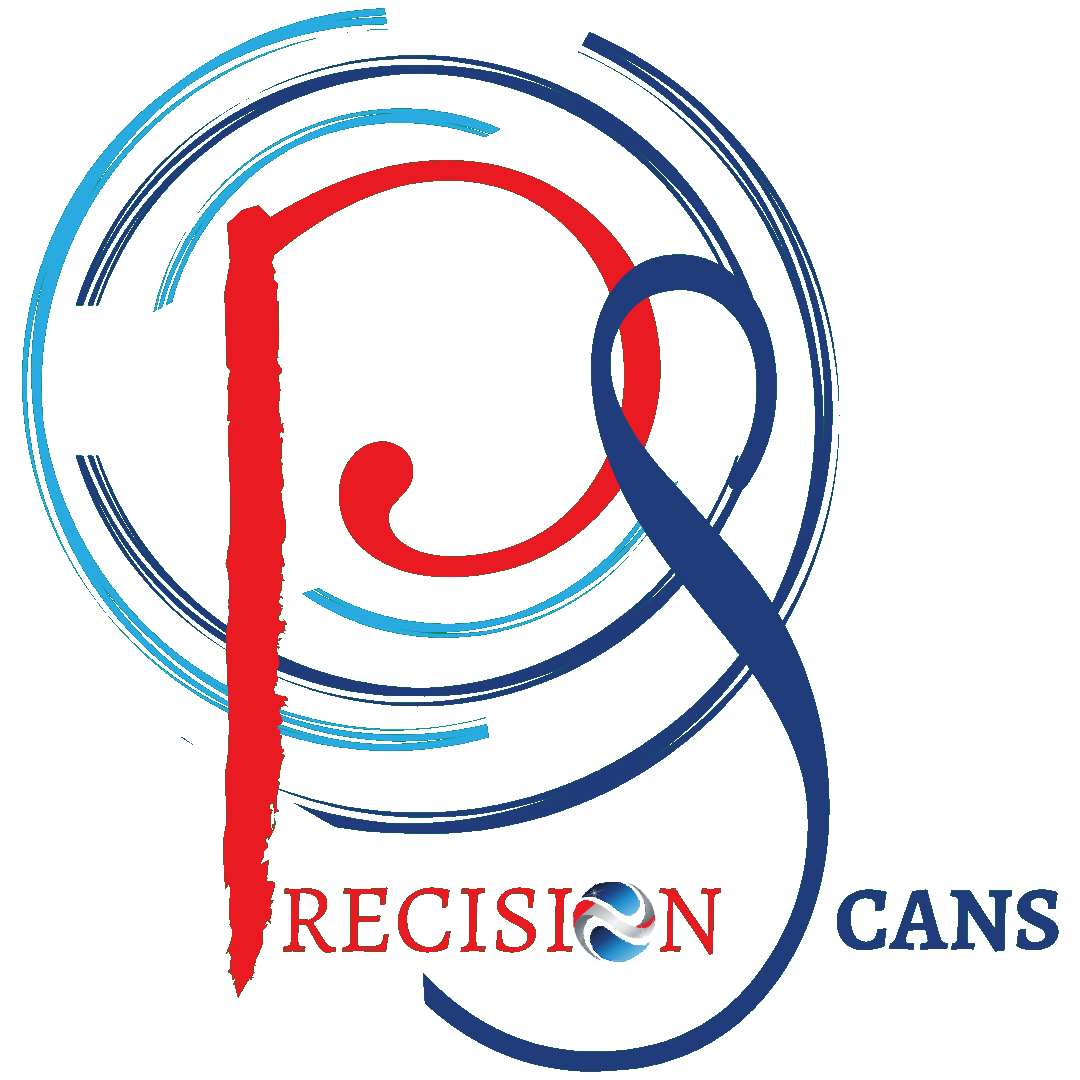The US Healthcare system has faced a multitude of challenges since COVID-19, many of which have gotten worse.
- Patients are encountering significant difficulty getting quality care.
- Clinicians are overworked and reporting record levels of burnout.
- Hospitals and healthcare facilities have been shutting down across the United States.
- A severe shortage of medical professionals is coinciding with an aging population that is predicted to require more treatment than the system can currently provide.
Medical Staffing Challenges
Right now, the biggest threat to the US Healthcare system is staffing and employment.
Hospitals have been understaffed since the start of the pandemic and the shortage of medical professionals has continued.
The National Governors Association reported that up to 20% of US healthcare professionals left their jobs at the start of the pandemic, and another 20% were considering departure within the next few months.
Hospitals are presently struggling to provide adequate patient care due to staffing shortages, “We have the beds, we have the walls, we have the physical infrastructure, but a bed doesn’t treat the patient,” said Dr. Rahul Koranne, President of the Minnesota Hospital Association.
The nation’s overworked physicians are reporting higher levels of burnout, emotional exhaustion, depression, and decreased satisfaction with work-life balance.
Locum Healthcare Staffing
The post-pandemic US healthcare system has undergone a collective shift towards temporary locum staffing. These temporary or “locum” staff are part-time healthcare workers from outside the hospitals contracted to address staffing shortages.
This shift towards temporary staffing has been seen across virtually all types of healthcare employees including physicians, travel nurses, radiology technicians, pharmacists, respiratory therapists, and administrators.
Locum healthcare workers are often paid multiple times the rate of permanent staff, leading to skyrocketing expenses for healthcare centers on top of existing inflationary pressures. As profits fall, healthcare facilities are closing across the nation – especially smaller hospitals and community clinics in rural and underserved areas.
Specialist treatment centers such as emergency departments, psychiatric clinics, rehabilitation facilities, and ICUs, are usually the first to go. As a result, hospitals find it increasingly difficult to transfer patients to the appropriate facilities, further reducing patient capacity.
Overworked Clinicians
Clinicians are not only finding it more difficult to provide quality care, they are reporting significantly reduced satisfaction with their jobs as a result of the staffing shortage. A third of US physicians reported being overworked or overextended, and half claimed they are at maximum capacity. Adding to that, almost half of respondents reported that they do not have high professional morale, and more than half claimed to lack positive feelings about the profession overall.
A comprehensive recent survey by Elsevier on the state of the healthcare industry found that many healthcare professionals are not only considering leaving their current jobs, but leaving healthcare altogether. These findings were especially pronounced in the USA and UK, where the healthcare systems are overburdened and widespread striking and hospital closures have become the new normal.
In the US, 50% of clinicians reported they were considering leaving their current position within the next 2-3 years; and 22% of doctors and 25% of nurses reported plans to leave healthcare altogether.
The Future of US Healthcare Staffing
The critical shortage of medical professionals has significant potential implications for the US healthcare industry. Overwork and burnout resulting from staffing shortages have resulted in reduced clinical work effort, lower quality of care, higher frequency of medical errors, and increased healthcare costs. This shortage of skilled clinicians paired with the collective shift towards locum staffing – which places personnel in new and unfamiliar locations, roles, and teams – has also led to an increase of workplace injuries, worker’s compensation claims, and professional liabilities claims.
The success of healthcare providers over the next decade will depend on concerted efforts in business strategy, human resources, and risk management to reshape organizational efficiency and streamline operational capacity.
The Need for Healthcare Staff
More healthcare workers are needed to treat an aging and expanding population – which is expected to reach almost 10 billion by 2050. Furthermore, resignations among healthcare workers have soared over 50% in recent years – from 400,000 per month in 2020 to 600,000 per month in 2023. California and New York are expected to face the most severe labor shortages, with approximately half a million workers needed in each state within 5 years.
While researchers agree that there will be a shortage of clinicians, they differ on predictions of its extent and severity. For instance, by 2030, Deloitte estimates that we will need 80 million more healthcare workers globally while the World Health Organization estimates that we will need only 10 million.
Estimates of Healthcare Staffing Vacancies:
2025
- 100,000 Registered Nurses (Elsevier)
- 200,000 – 450,000 Registered Nurses (McKinsey)
2026
- 3 million Allied Healthcare Professionals (HHS)
- 3 million Allied Healthcare Professionals (Mercer)
- 500,000 Mental Health Professionals (Mercer)
2030
- 10 million Global Healthcare Workers (WHO)
- 80 million Global Healthcare Workers (Deloitte)
2031
- 200,000 Nurses (Bureau of Labor Statistics)
2033
- 140,000 Physicians (HHS)
2034
- 40,000 – 120,000 Physicians (AAMC)
The Next Generation of Medical Professionals
Despite the impending need for more physicians and healthcare workers, severely limited capacity in medical schools and residency programs have not kept pace with growing demand – leading to a bottleneck which prevents the increase of available graduates.
Expanding medical school class sizes is a costly and rigorous endeavor requiring significant investment in equipment, infrastructure, and personnel; and opening new medical schools involves a stringent and time-consuming accreditation process. Capacity at residency programs (where medical school graduates gain hands-on experience at healthcare facilities under the supervision of experienced physicians) is even less than the available supply of medical school graduates – further limiting the amount of physicians who enter the workforce.
Since 98% of residency programs are funded by the state or federal government, expanding the number of available residency positions would require legislative reforms, shifts in policy, or alternative means of funding. The Resident Physician Shortage Reduction Act of 2023 holds potential to alleviate or improve this. The bill, introduced in March 2023 and currently awaiting Senate approval, aims to address the physician shortage by adding 14,000 residency positions over the next 7 years.
“Physician shortages, already expected to be severe before COVID, have almost become a public health emergency,” said Dr. Gerald E. Harmon, past president of the American Medical Association, “If we aren’t successful with this recovery plan, it’ll be even more challenging to bring talented young people into medicine and fill that expected shortage.”
The supply of available nurses entering the workforce encounters similar challenges, as US nursing programs can only graduate a predefined number of nurses every year and expanding capacity at nursing programs requires extensive investment in facilities, faculty, and – most notably – equipment.
Adding to that, two thirds of clinicians surveyed reported sentiments that newly graduated doctors and nurses lacked hands-on practical training and experience as a result of the COVID-19 pandemic, which prevented them from physically attending their education. Undertrained recent-graduates also exacerbate existing constraints on time and resources as they require additional training, supervision, and deliberation with supervising medical staff.
Medical Staffing Solutions
Navigating the challenges of the post-pandemic American healthcare industry will require innovative and creative solutions.
High levels of attrition, burnout, retirement, and turnover fueling an escalating industry labor shortage will almost certainly result in increased competition for talent – ranging from technicians and assistants to nurses and physicians. Companies will be forced to reevaluate their employee value propositions, make adjustments to their workplace culture and scheduling flexibility, and prioritize offering expanded compensation and benefits to secure the best talent in a highly competitive field.
Nationwide recruiting strategies hold promise for helping with the rising healthcare labor shortages. Sourcing medical professionals from states with a projected surplus of healthcare workers such as Georgia, Washington, & South Carolina might ease the high demand in states like California and New York.
Increased digitalization of formerly manual processes – ranging from recruiting and onboarding to data-entry and logistics – holds promise for streamlining a presently crowded and disarrayed healthcare industry.
Broader shifts in strategy and the working standards of the American healthcare industry may also contribute to modernizing an industry that has been riddled with worsening issues for years.
Reducing Clinician Burnout
A recent address by the Surgeon General’s Advisory on Addressing Health Worker Burnout issued recommendations for healthcare organizations to reduce health worker burnout through ensuring adequate staffing and implementing transformations in workplace culture, processes, and workflows to facilitate improvements in work-life balance and job satisfaction.
The address also highlighted the pressing need for process improvements with administrative tasks, citing that primary care providers often spend 2 hours on administrative work for every 1 hour spent in direct patient care. Another survey found physicians spending up to 20 hours per week on administrative work.
Digital transformation to streamline these outdated, manual processes may hold promise for easing the burden on understaffed organizations and allowing them to do more with less workers.
Digital Transformation, Telehealth, & AI
Another potential solution to the challenges and constraints of the post-pandemic healthcare system is the utilization of new digital technologies.
Shifts towards digital care models such as telehealth provide opportunities for less labor-intensive treatment; and community-based care models may provide opportunities to do more with a different type of healthcare workforce.
Artificial intelligence or AI holds promising potential as an education and training tool that is both cost-efficient and time-saving. However, many medical professionals have expressed concerns over using AI since it may provide inaccurate and erroneous information as well as diminish critical thinking and judgment capabilities among doctors by having them rely on the tool.
AI and other digital technologies are also being applied in administrative capacities – reducing the burden on clinicians by automating and streamlining formerly manual processes such as data entry, documentation, charting, and paperwork. Administrative tasks and paperwork are cited as the leading cause of physician burnout, so reducing the administrative burden on clinicians through digital technology provides the opportunity to do more work with less, while simultaneously reducing rates of burnout. The US healthcare industry is already seeing a range of software platforms – such as EvidenceCare – designed to digitally transform hospitals and healthcare facilities by streamlining formerly manual and time-consuming administrative work.
Conclusion
Shifts in strategy will be essential to adapting to a challenging, new industry landscape. Healthcare providers that can implement these changes most efficiently will be able to navigate the turmoil and thrive amidst the disarray:
- Restructuring healthcare organizations through digital transformation.
- Implementing new clinical and financial models.
- Altering approaches to staffing and employment.
- Shifting expectations surrounding patient care.
- Altering leadership mindsets and objectives.
- Comprehensive reevaluation of what activities and services are providing healthcare centers the most value.
Similar to the COVID-19 pandemic in 2020, the US healthcare industry must adapt to shifting challenges and constraints to meet the needs of overloaded facilities. Don’t let staffing concerns affect your healthcare center’s capacity to provide quality care to its patients. Contact us to see how we can connect you with the medical professionals you need.
About Precision Scans Inc.
Providing Excellence in Patient Care
Precision Scans is a medical staffing registry that provides recruitment solutions and temporary coverage for hospitals and healthcare facilities across the United States. For over eight years, our dedicated team has connected healthcare institutions with the allied health professionals, pharmacists, and nurses they need.




